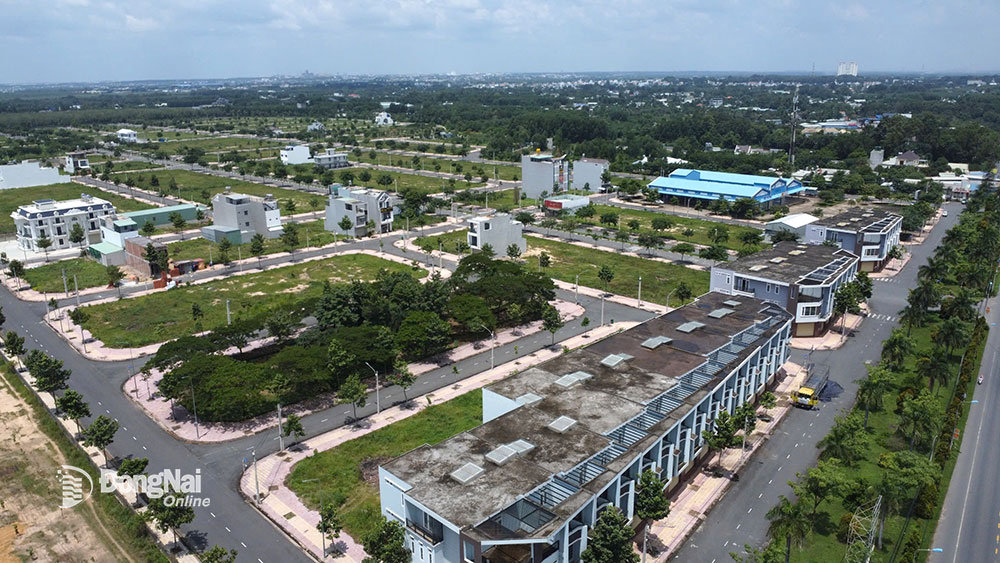 |
| An urban area project converting agricultural land use purpose in Long Thanh district. Photo: B.Mai |
Recently, the province proposed to further reduce the DNN index to meet the needs of socio-economic development in the 2026-2030 period.
Reduce agricultural land quota
According to the plans approved by the Central Government, by 2025, the province will have a target of nearly 452 thousand hectares of wetlands and by 2030, it will be about 436.6 thousand hectares. By the end of 2024, the province will have about 459.3 thousand hectares of wetlands, about 22.7 thousand hectares higher than the approved target during the planning period.
Deputy Director of the Department of Agriculture and Environment Dang Minh Duc said that the province's land use targets are higher than the approved targets. The reason is that recently, the land acquisition work to implement projects has encountered some difficulties in compensation, site clearance, and resettlement support, leading to the results of implementing the targets for this type of land not being achieved. The implementation of land use recovery projects, especially large-scale projects, has been prolonged due to the situation of land division, change of land users, people's opinions on land prices, etc., which has directly affected the land use compensation and clearance work. Some projects using non-agricultural land have not been implemented, so the land use purpose has not been changed or the land has not been recovered.
| Dong Nai is allocated a target of nearly 452 thousand hectares of wetlands by 2025, and 436.6 thousand hectares by 2030. Currently, the province has 459.3 thousand hectares, and it is proposed to adjust it to 416.6 thousand hectares by 2030. |
In order to meet the requirements of socio-economic development in the coming time, the Provincial People's Committee has issued a report and proposed the Ministry of Agriculture and Environment to propose to the Government to allow the province to adjust the demand for using wetlands until 2030. Accordingly, by 2030, the province's wetland target will be 416.6 thousand hectares, a decrease of about 42.7 thousand hectares compared to the results achieved by the end of 2024 and a decrease of nearly 20 thousand hectares compared to the target allocated until 2030.
According to Vice Chairwoman of the Provincial People's Committee Nguyen Thi Hoang, the proposal to adjust the reduction of the non-agricultural land target aims to allocate more non-agricultural land to serve socio-economic development. Specifically, land for perennial crops, annual crops, aquaculture, etc. will be converted to infrastructure land. Of which, there are about 5.6 thousand hectares of traffic infrastructure land, about 700 hectares of land planned for the university village, about 570 hectares of defense land in the Long Thanh Airport area, about 300 hectares of land for the field of science and technology, etc.
Additional land fund for transportation, industry and urban areas
Delegate Trinh Xuan An, National Assembly Delegation of Dong Nai province, said that recently, Dong Nai is one of the localities that has changed many land use indicators according to approved decisions. Mr. An agreed with the proposal to adjust and reduce the province's land use indicators to increase land fund for key areas with more advantages such as: industry, trade and services, urban development and transportation. For retained land use, it is necessary to focus on high-tech agriculture and service agriculture. Mr. An also noted that the reduction of land use indicators needs to be implemented in a planned manner to avoid negative impacts on people's livelihoods and the ecological environment.
Vice Chairman of Bien Hoa City People's Committee Nguyen Duy Tan said that the locality is implementing many land acquisition projects to serve the needs of socio-economic development. These include major projects such as: Bien Hoa - Vung Tau Expressway, Bien Hoa City Central Axis Road, Dong Nai River Road... and a series of resettlement area projects, other social infrastructure works; there will be Hiep Hoa Urban Area Project, so it is necessary to adjust the land use index down. According to Mr. Tan, in Bien Hoa City, on the map and reports, it is still shown as rice land, but in reality, there is very little rice land left, because it does not bring economic efficiency.
Vice Chairwoman of the National Assembly's Economic and Financial Committee Doan Thi Thanh Mai, when inspecting the implementation of land use planning and land use plans in Dong Nai at the end of March 2025, said that although Dong Nai has developed many industrial parks, urban areas, and key infrastructure projects, it still retains forest land, conservation areas, and biosphere reserves. However, due to the forecast of land use demand of localities, sectors, and fields in the past, it was not close to reality; difficulties in site clearance for land acquisition projects and land use conversion, so some targets have not been implemented according to the allocation.
Ms. Mai noted that the province should continue to review the results of implementing land use targets for the 2021-2025 period to find solutions to complete this year. Based on the national land use planning for the 2021-2030 period, localities and sectors are required to review the implemented targets and balance them to propose appropriate adjustments for the 2026-2030 period.
Land use planning is the basis for implementing construction, urban and rural, sectoral and field planning. Therefore, land use planning must ensure a long-term vision, be predictive, and meet the goals of the socio-economic development strategy for the entire period of 2021-2030. Adjustments must be comprehensive, synchronous, create momentum for development, and effectively address land use needs for sectors and fields.
Morning
Source: https://baodongnai.com.vn/kinh-te/202504/con-hang-chuc-ngan-hecta-dat-nong-nghiep-chua-chuyen-muc-dich-su-dung-13402e2/


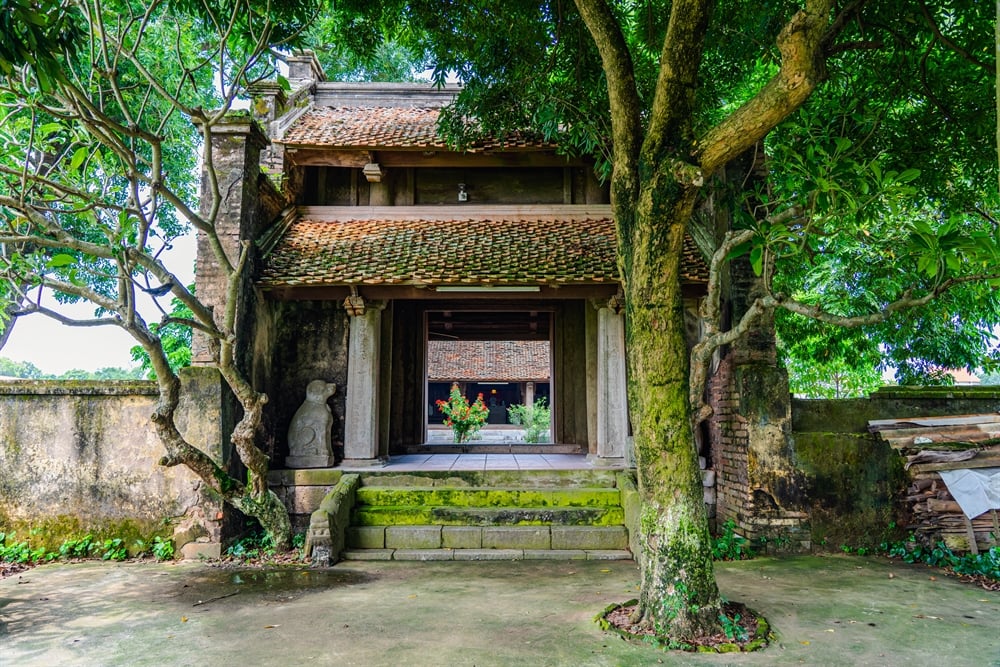
![[Photo] Binh Thuan organizes many special festivals on the occasion of April 30 and May 1](https://vstatic.vietnam.vn/vietnam/resource/IMAGE/2025/5/1/5180af1d979642468ef6a3a9755d8d51)

![[Photo] Ha Giang: Many key projects under construction during the holiday season](https://vstatic.vietnam.vn/vietnam/resource/IMAGE/2025/5/1/8b8d87a9bd9b4d279bf5c1f71c030dec)
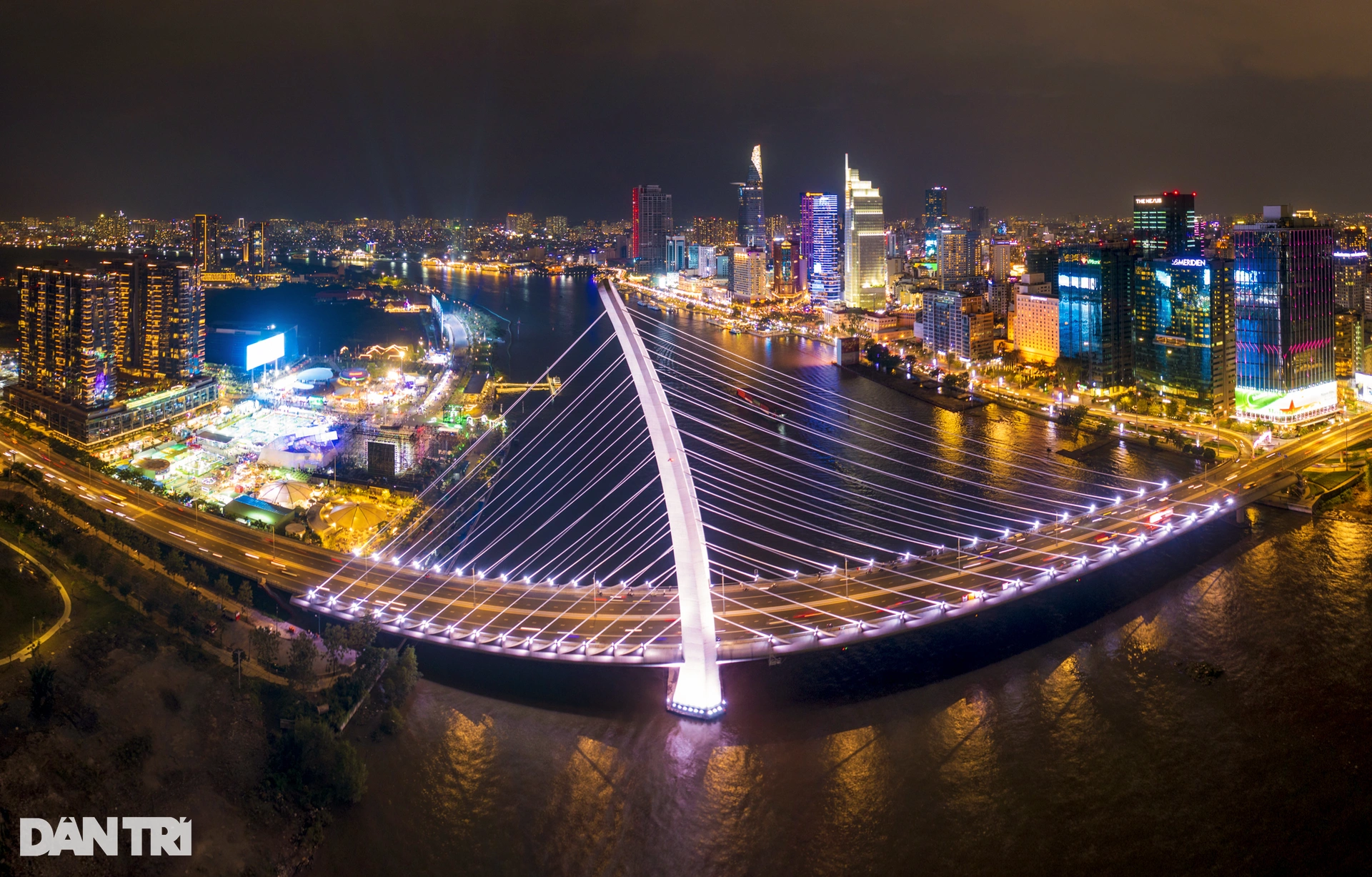

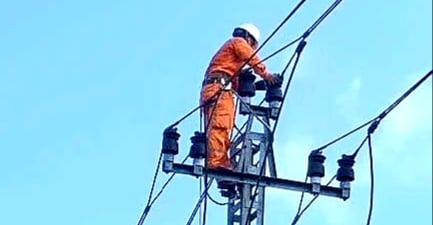

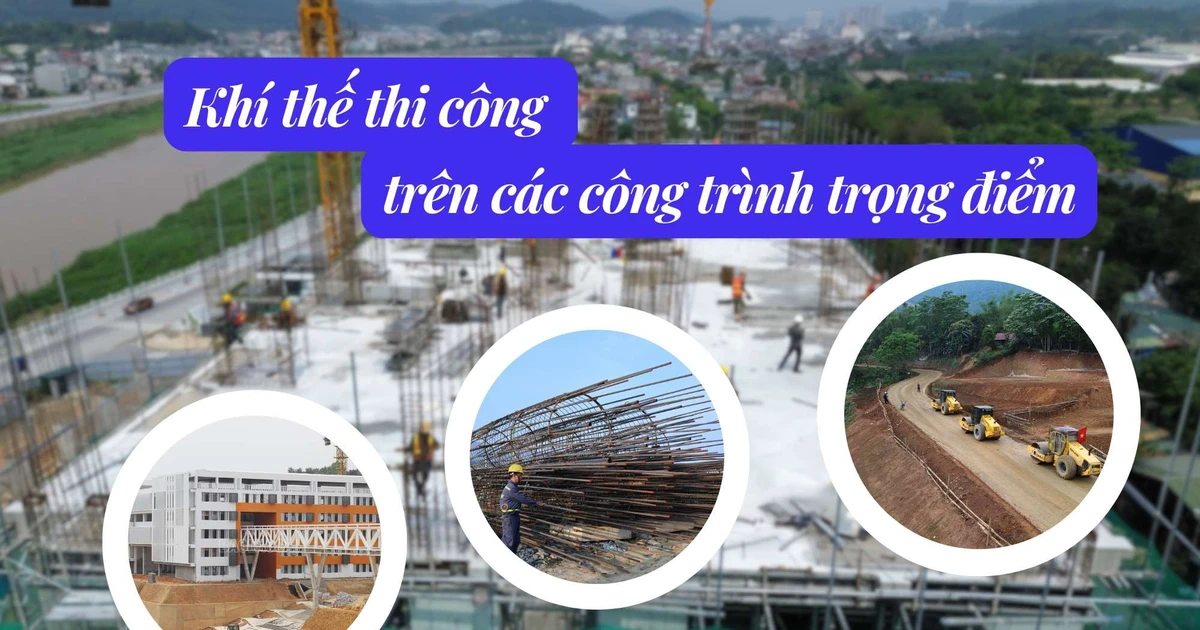
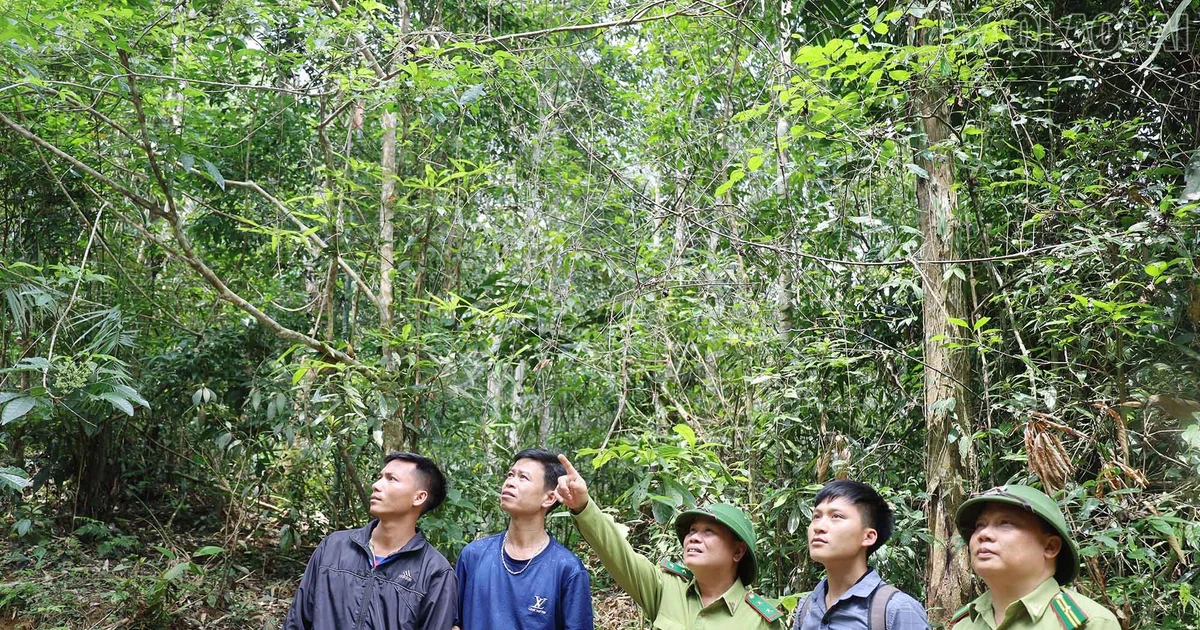

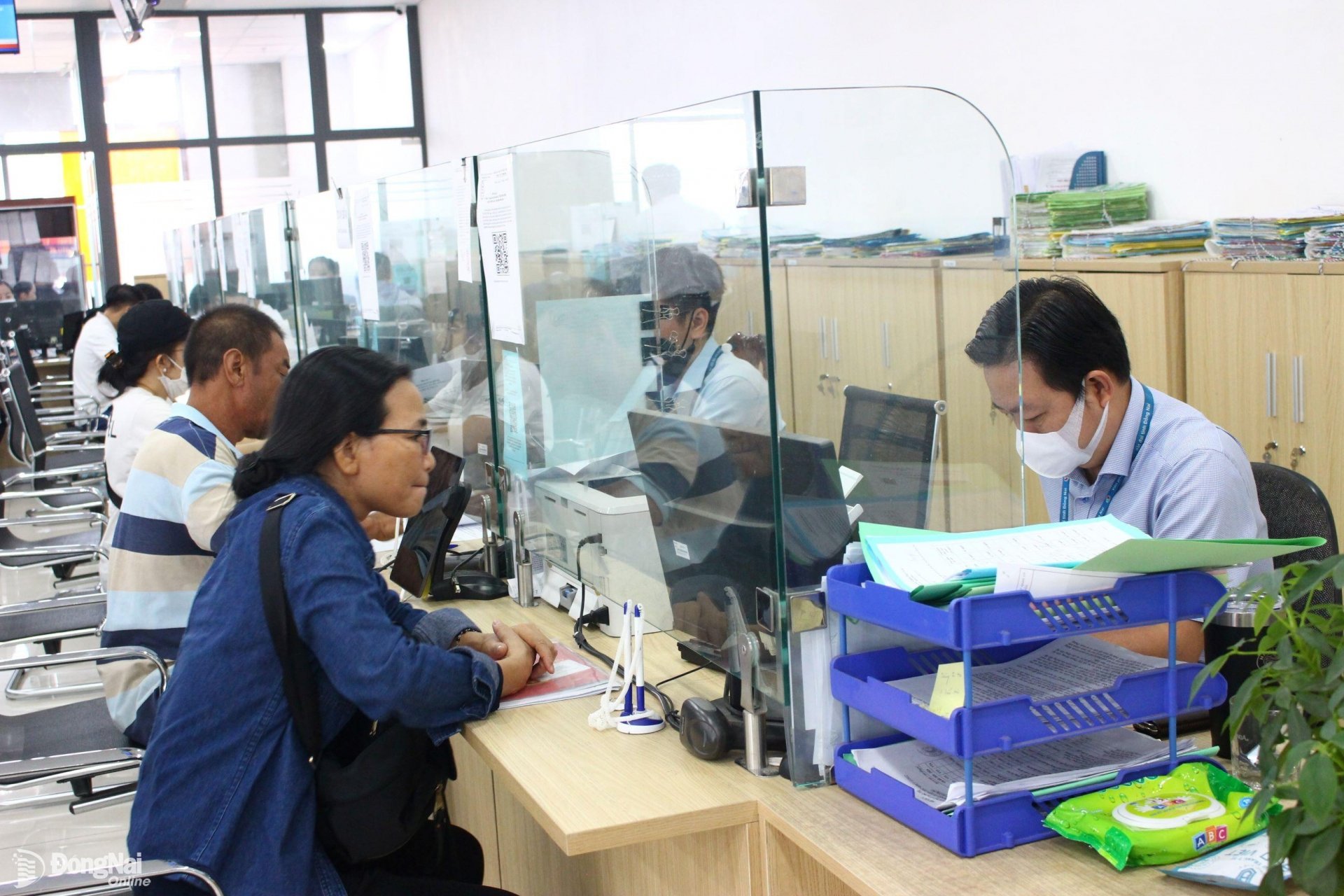


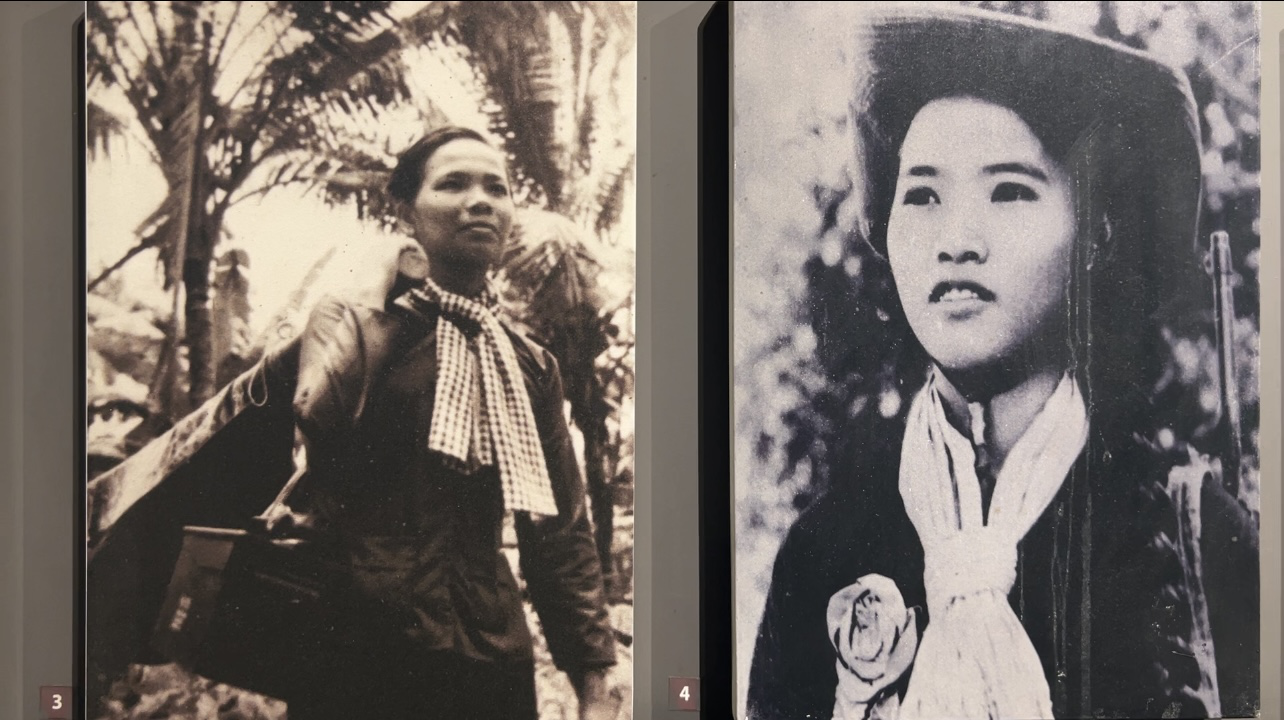


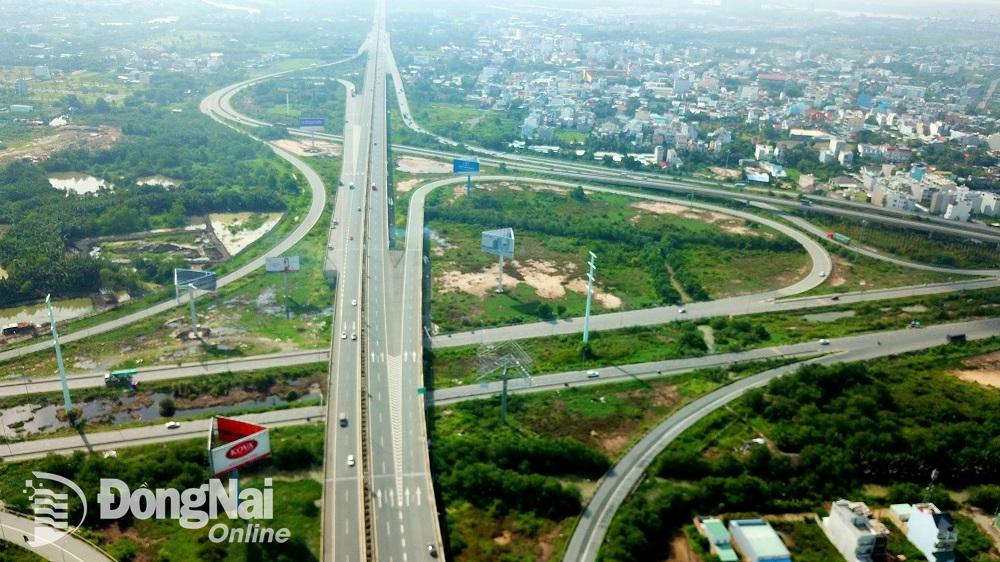

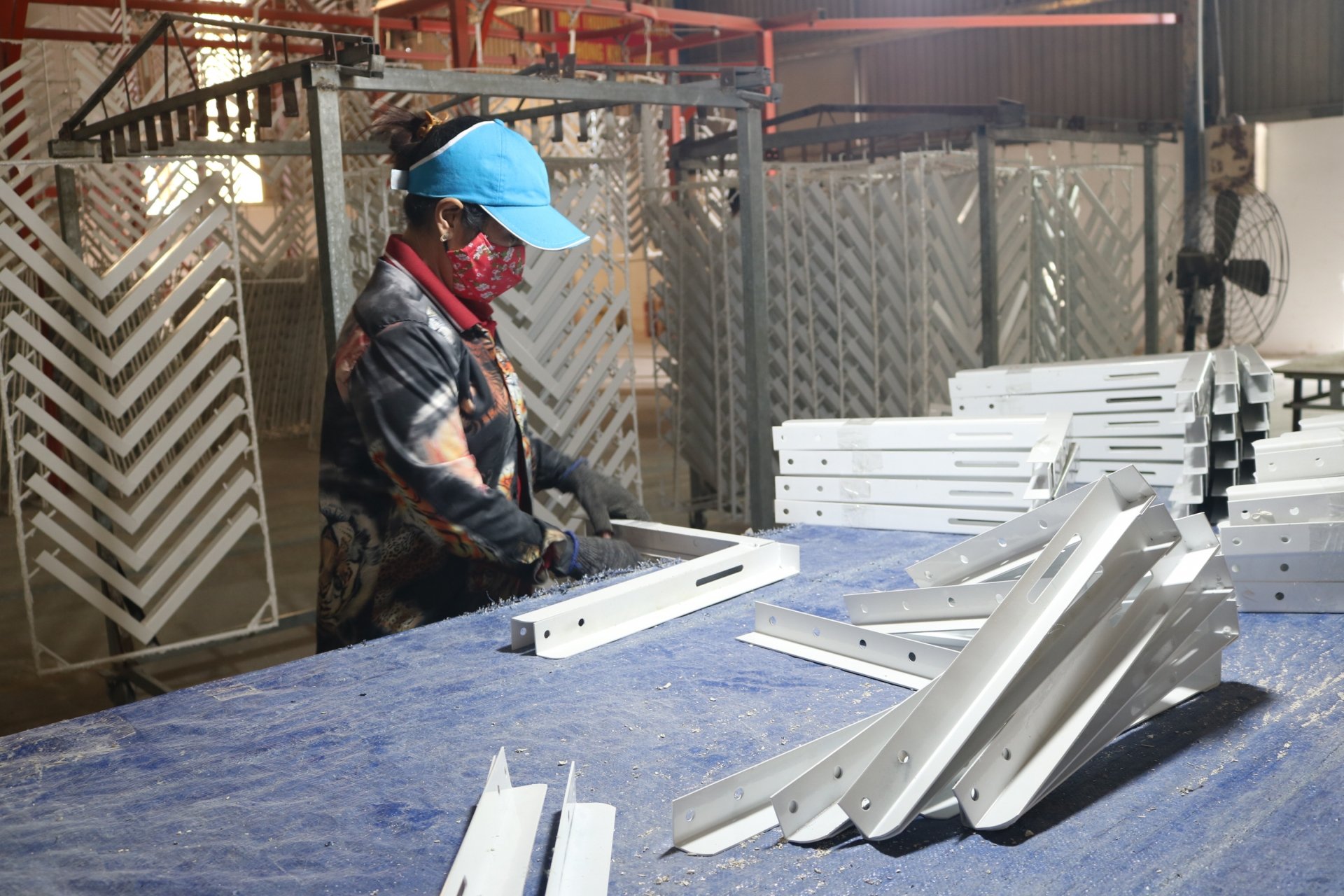


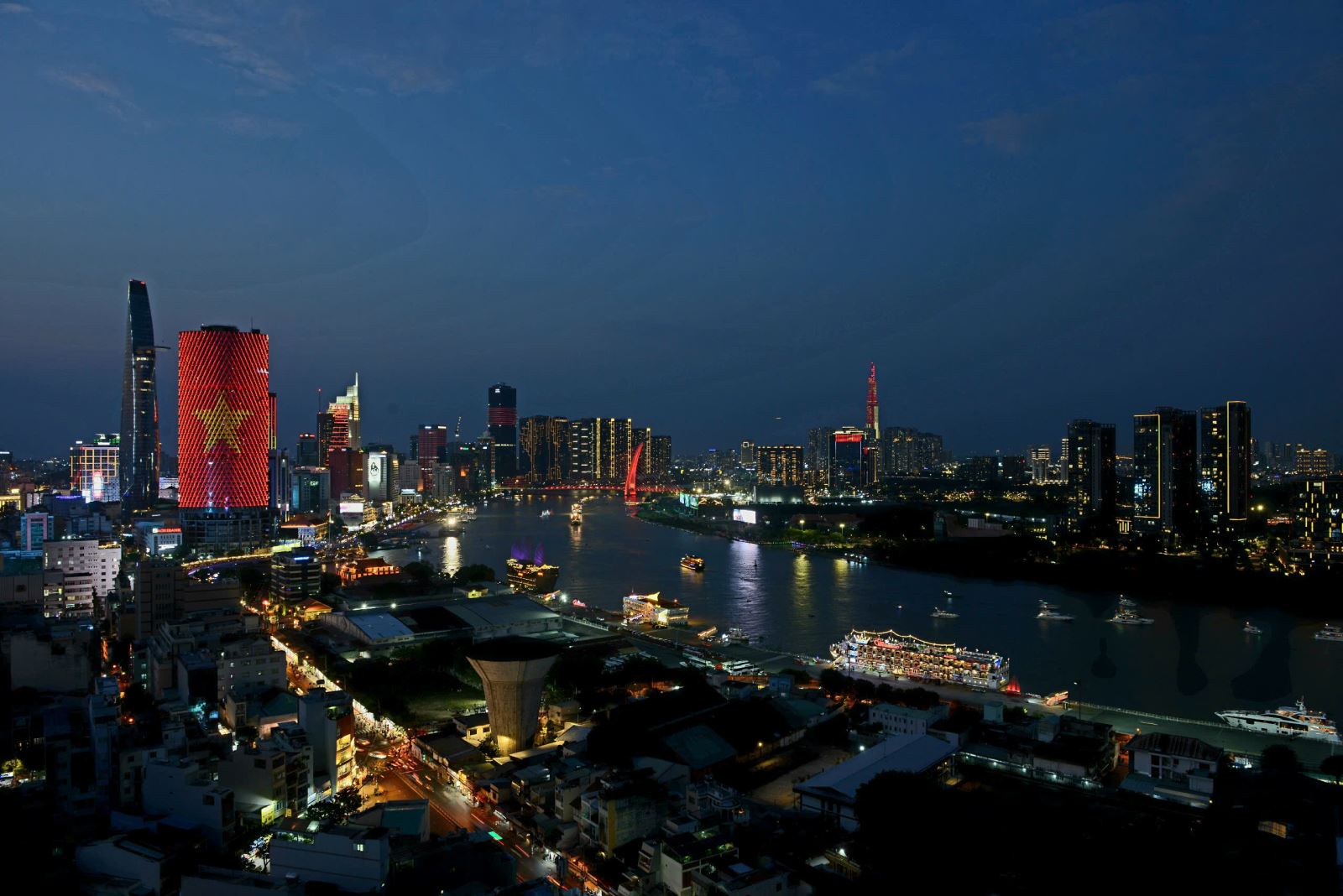
![[Photo] Feast your eyes on images of parades and marching groups seen from above](https://vstatic.vietnam.vn/vietnam/resource/IMAGE/2025/4/30/3525302266124e69819126aa93c41092)



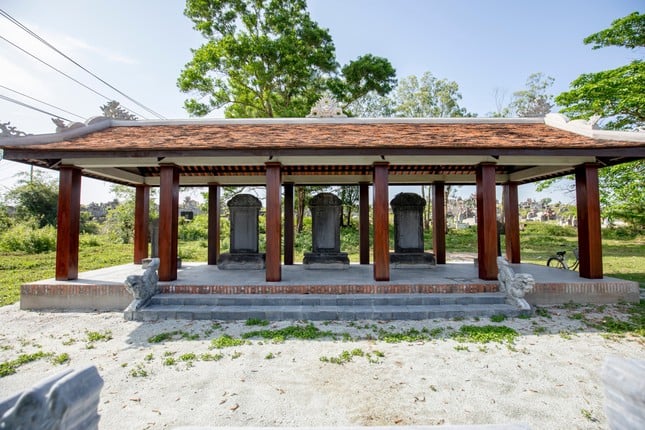

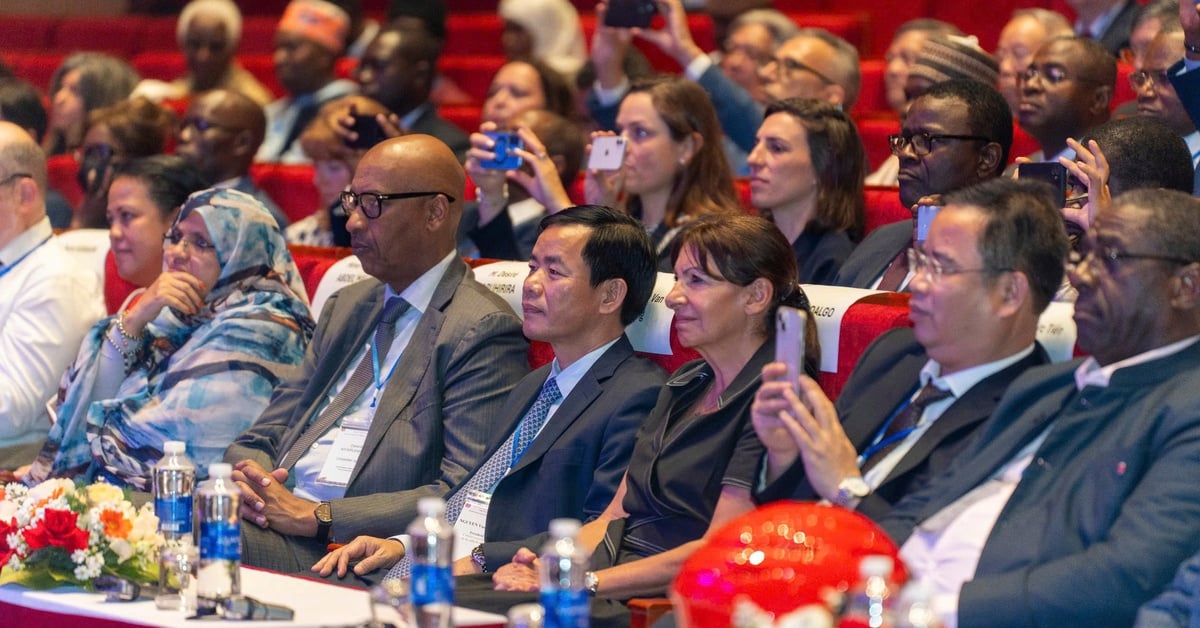


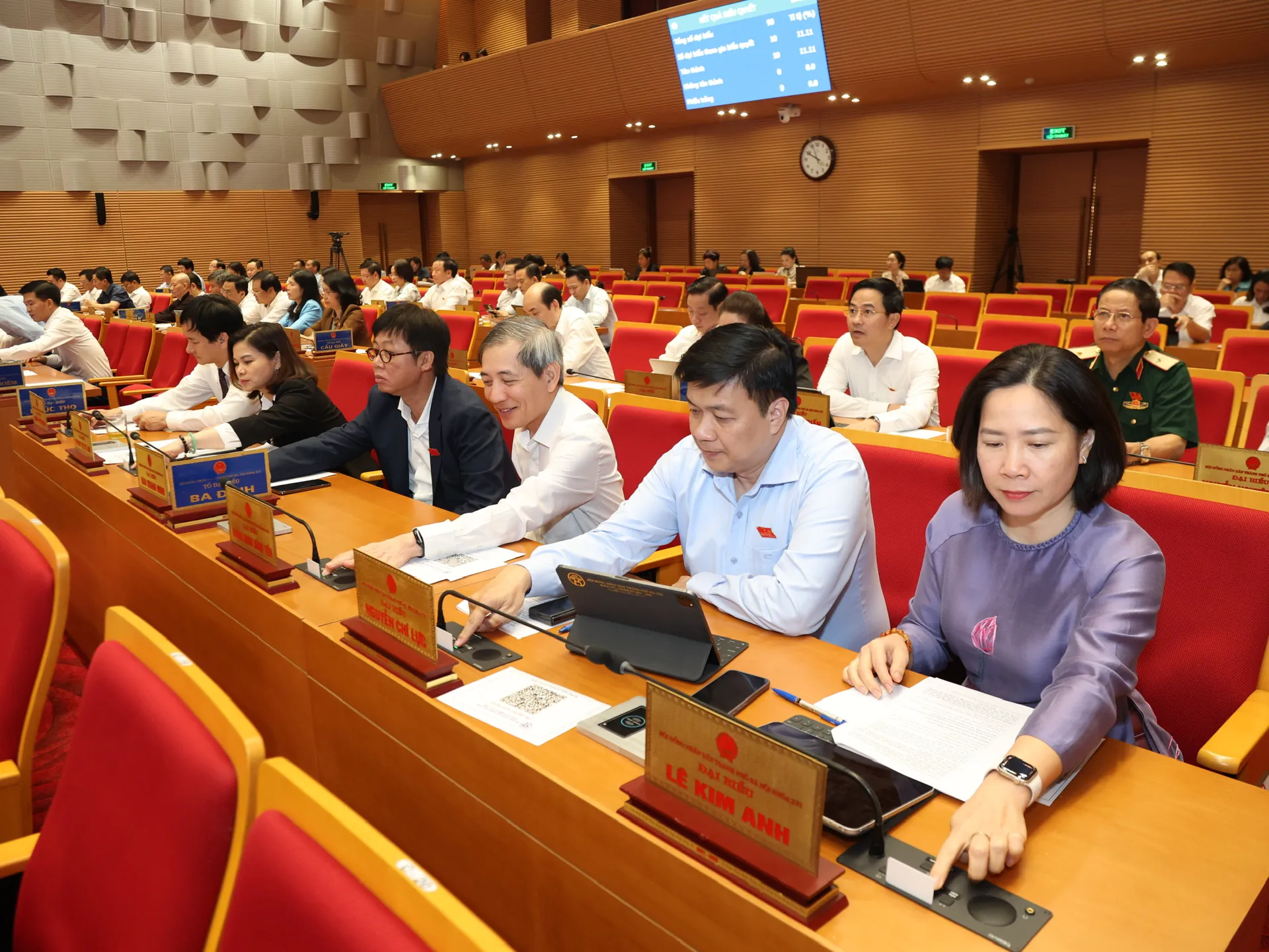










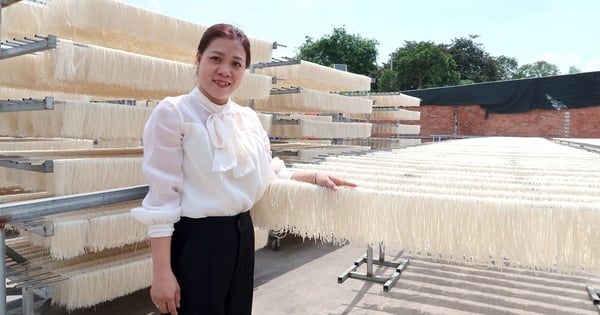










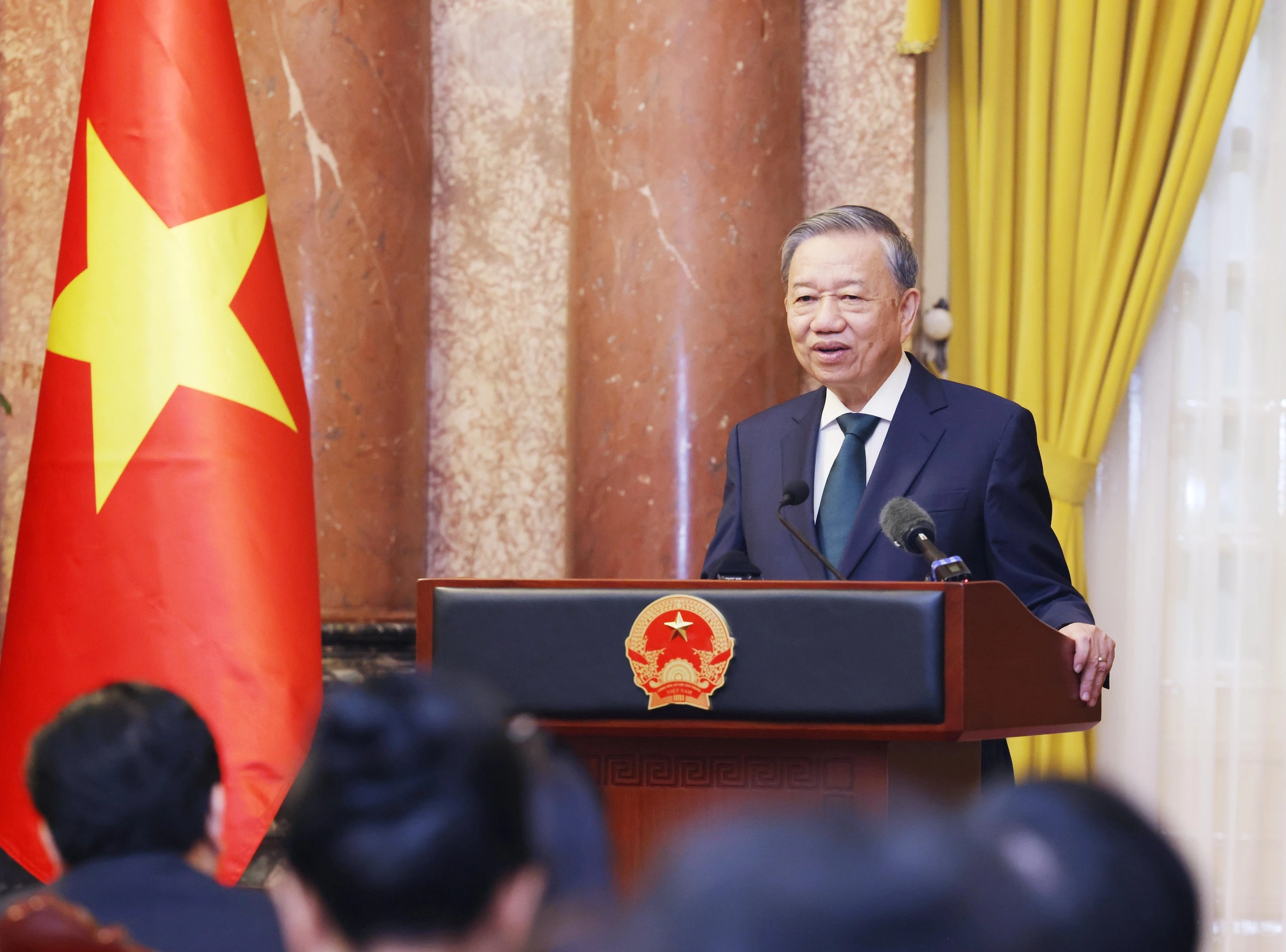
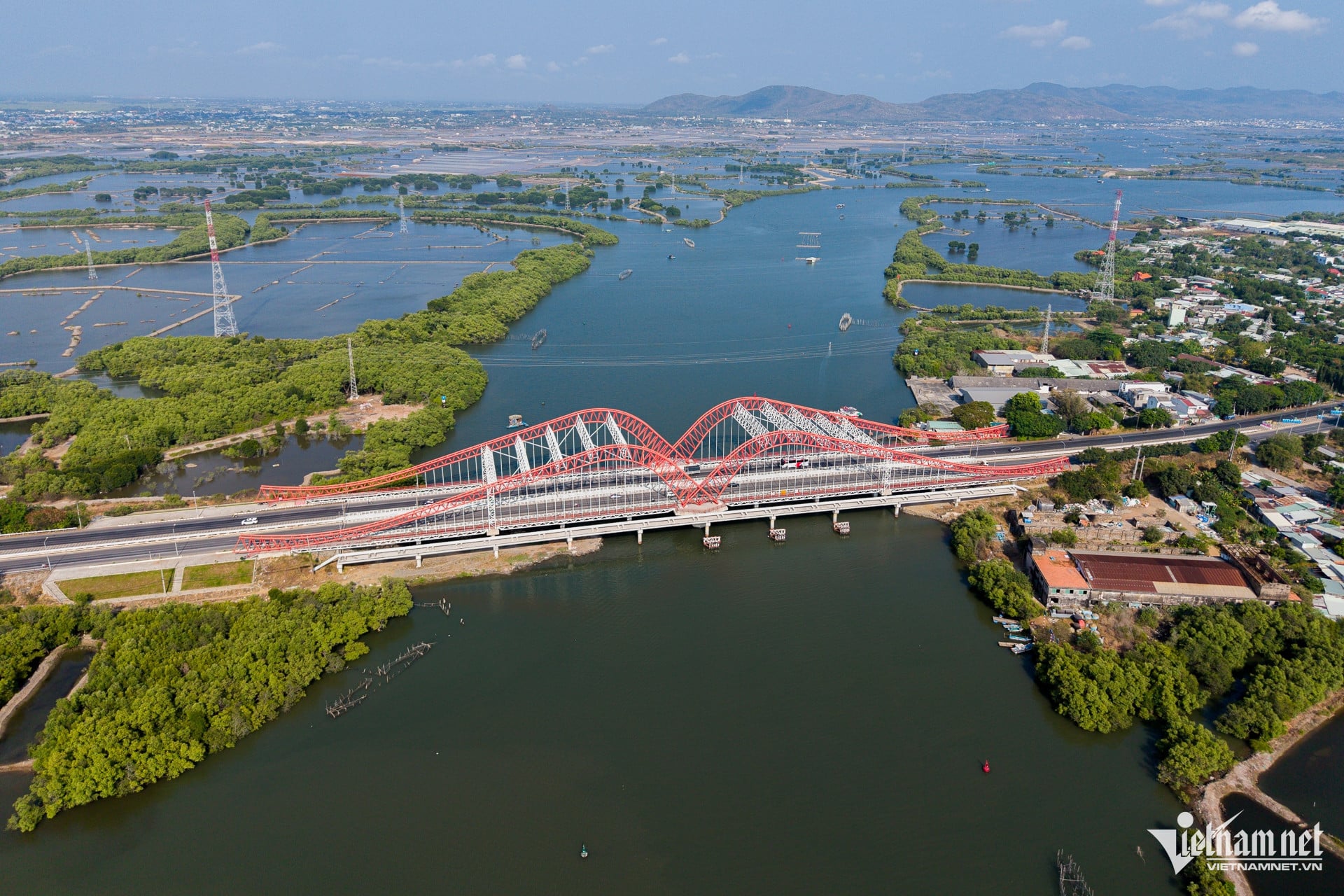



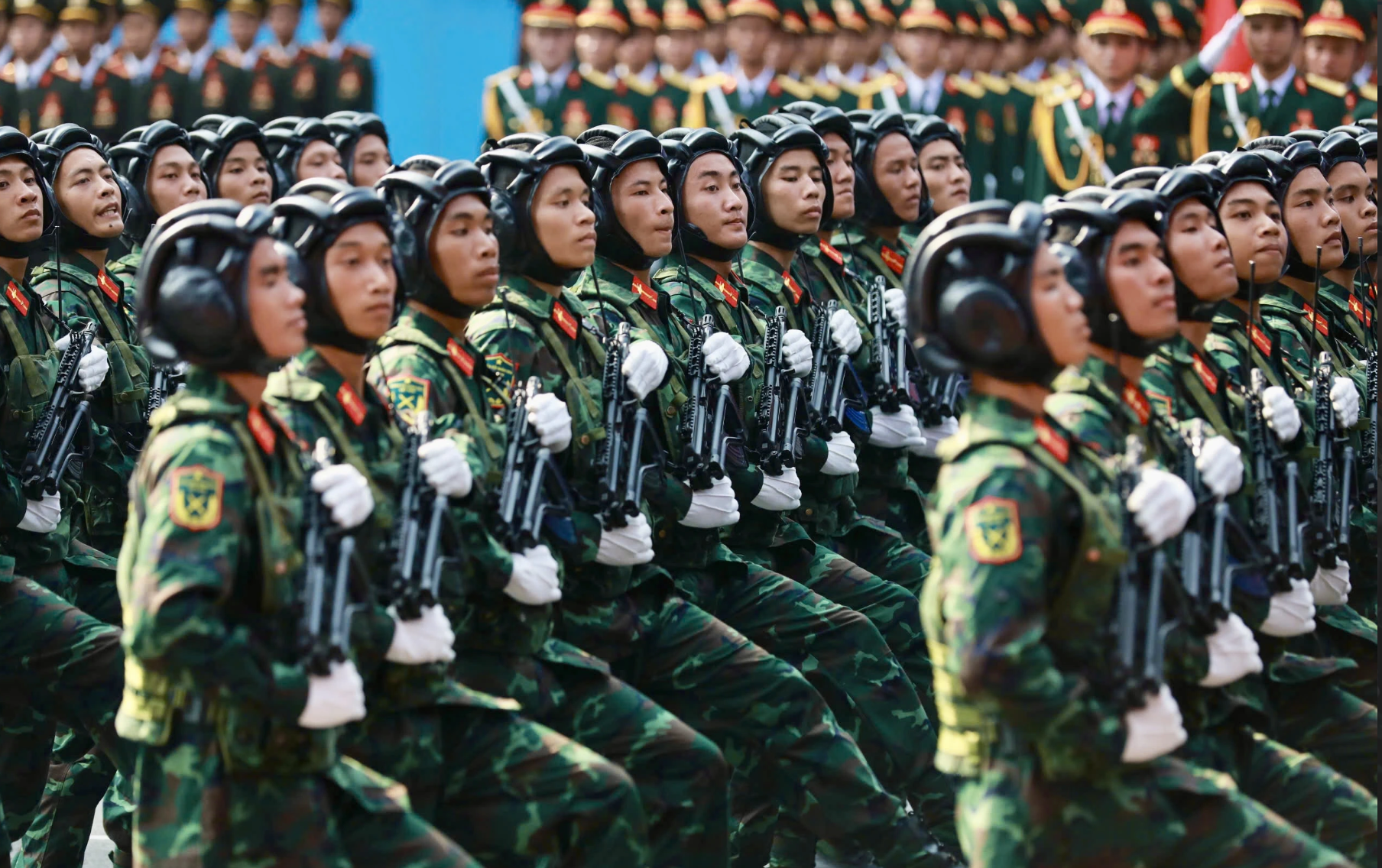
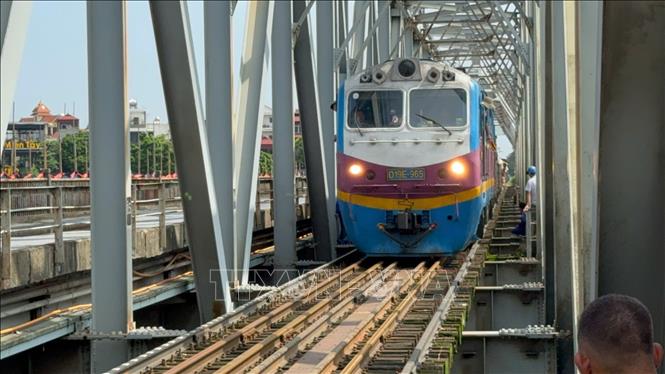

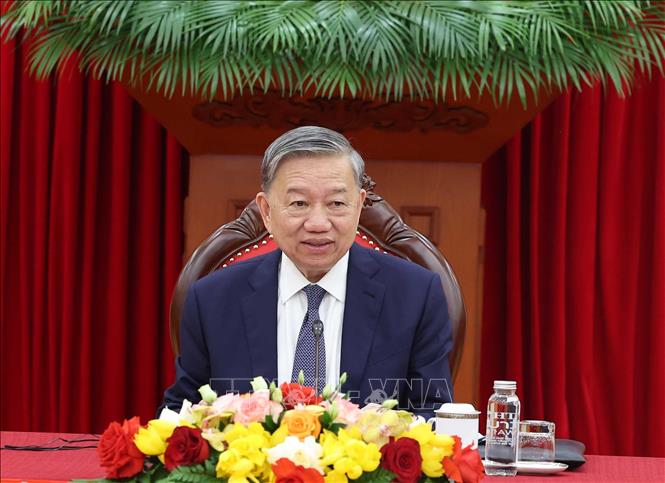











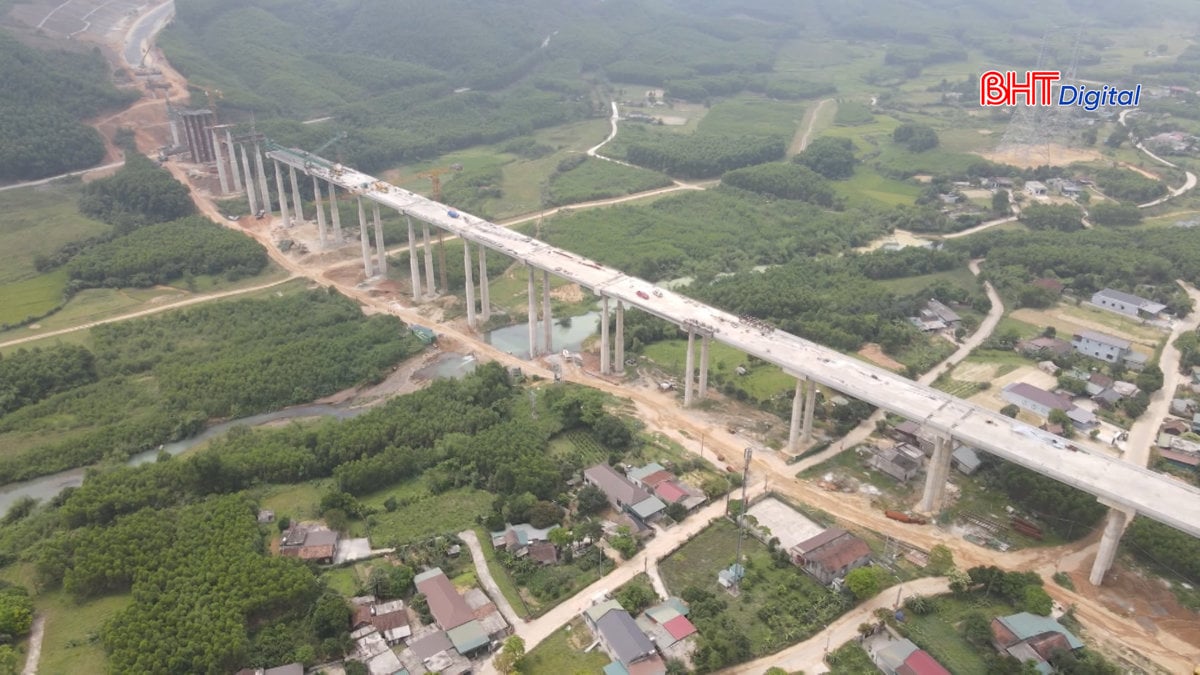
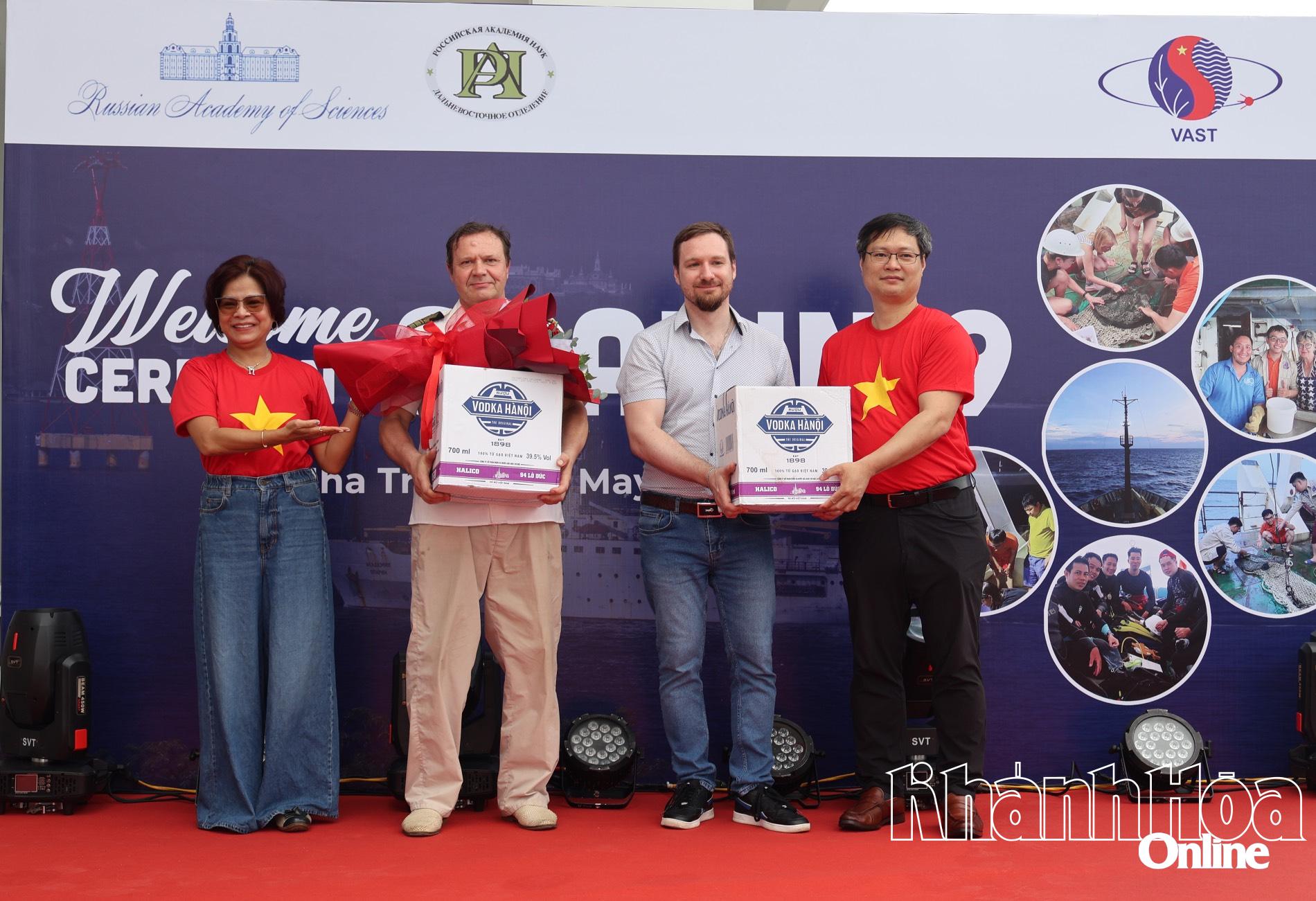

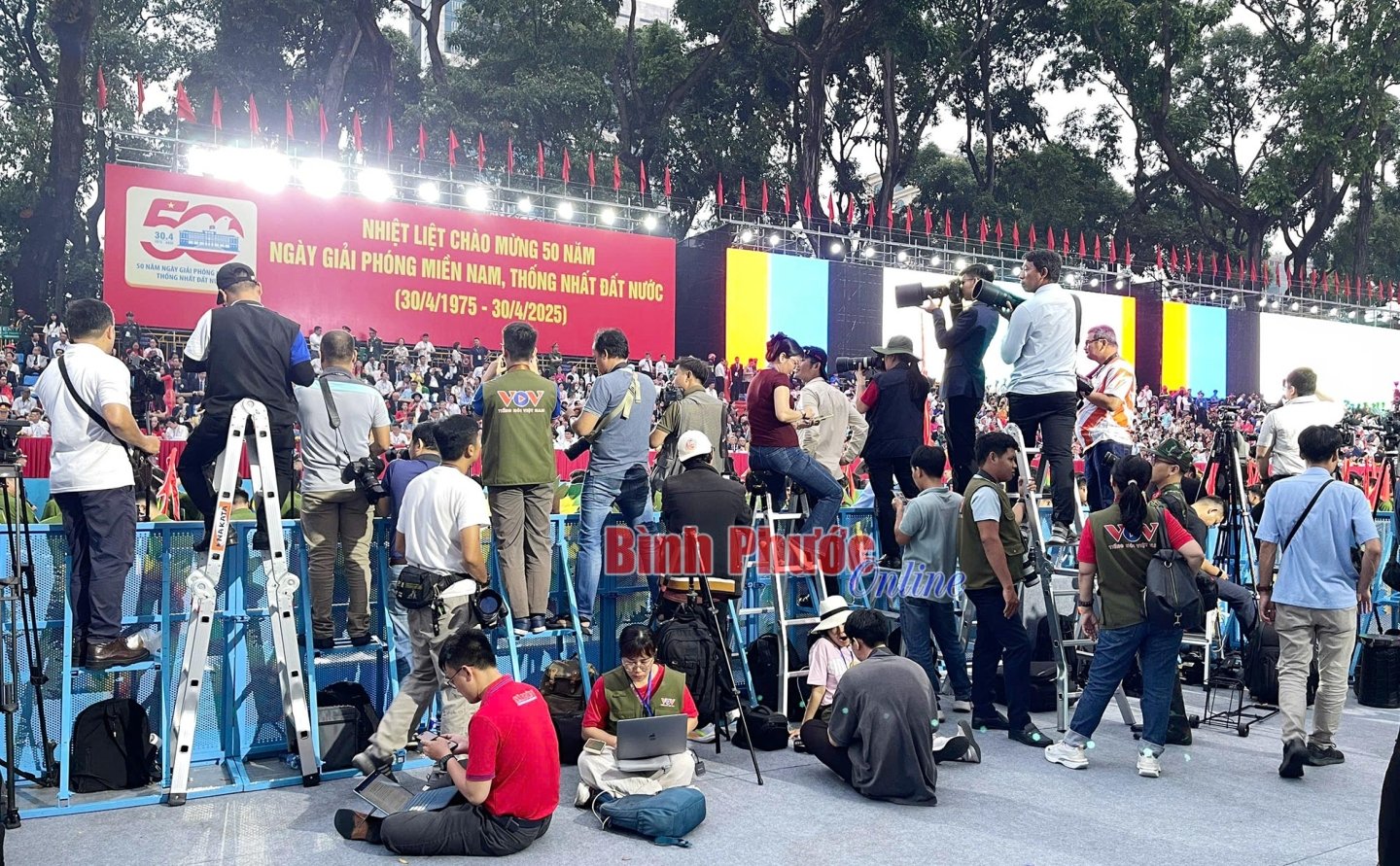


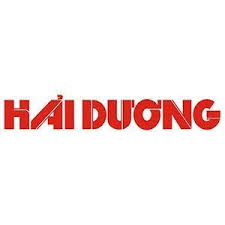
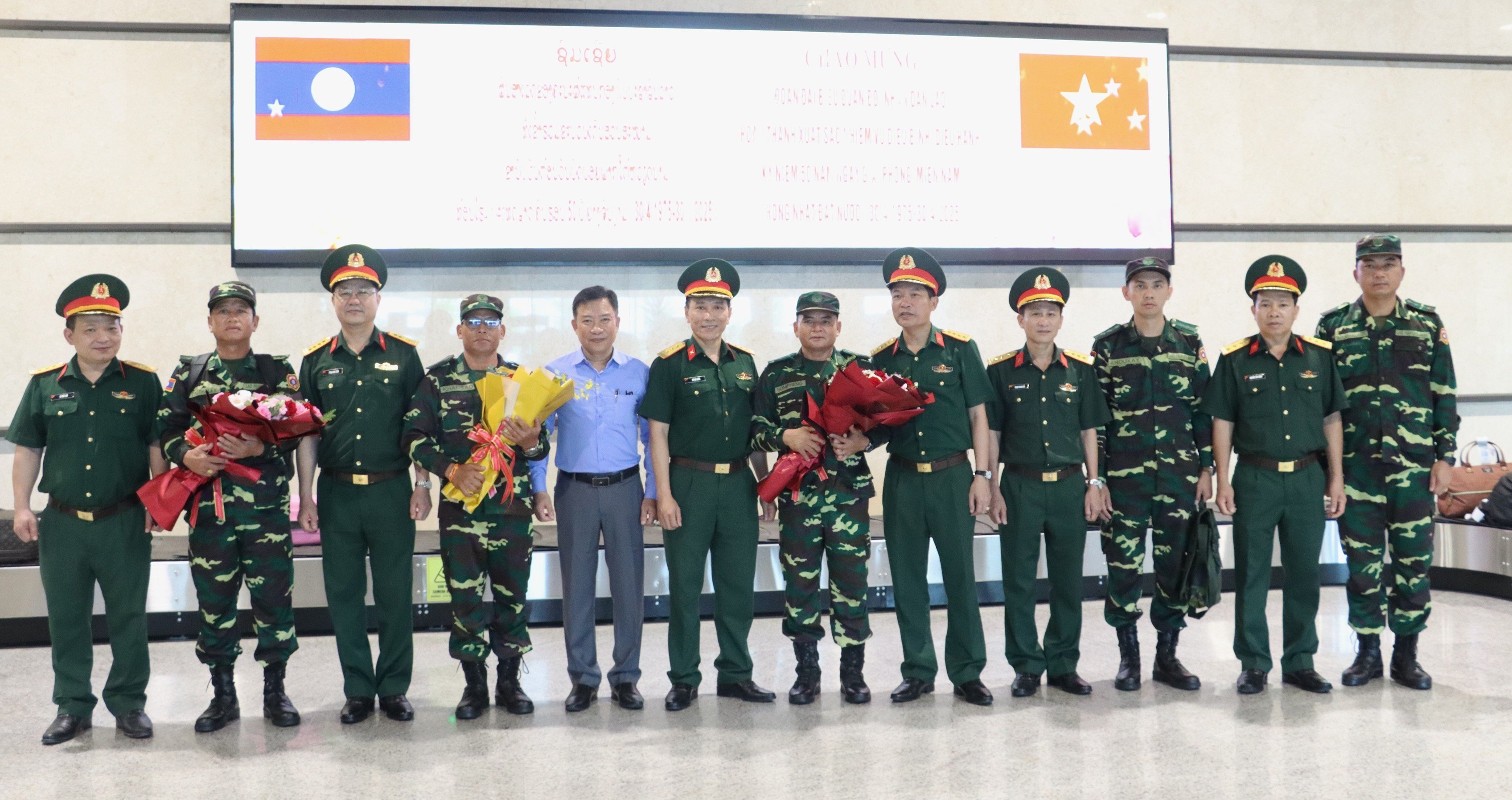





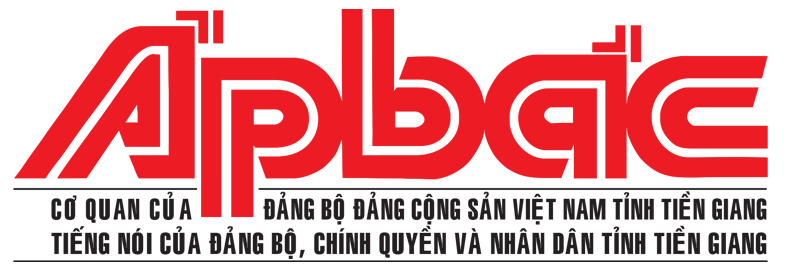
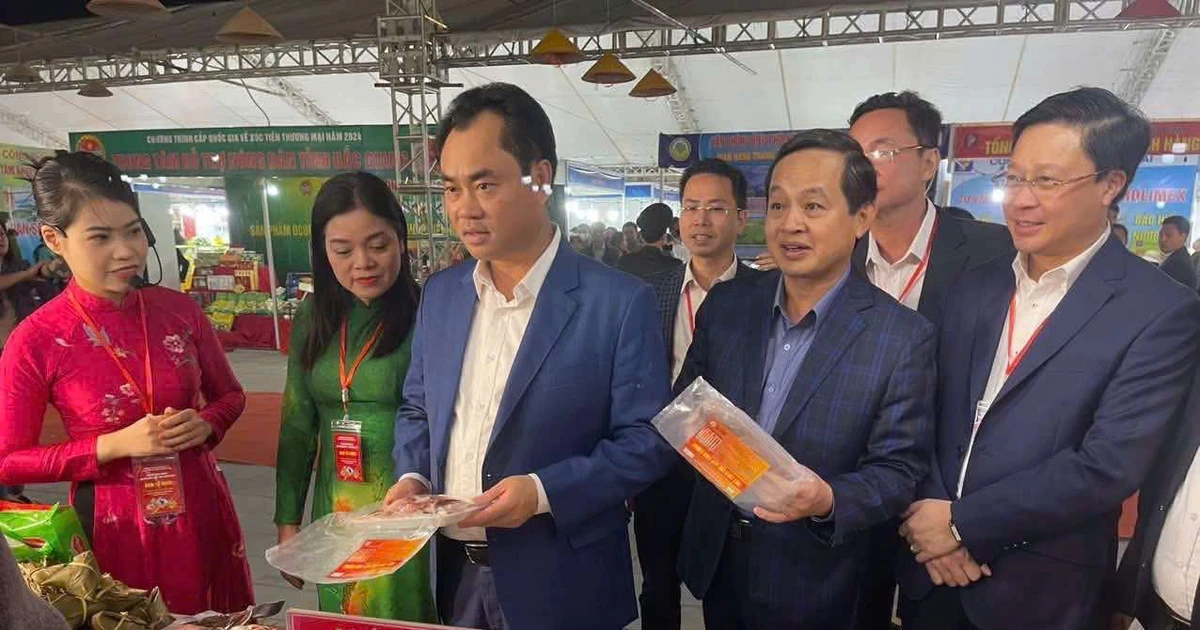

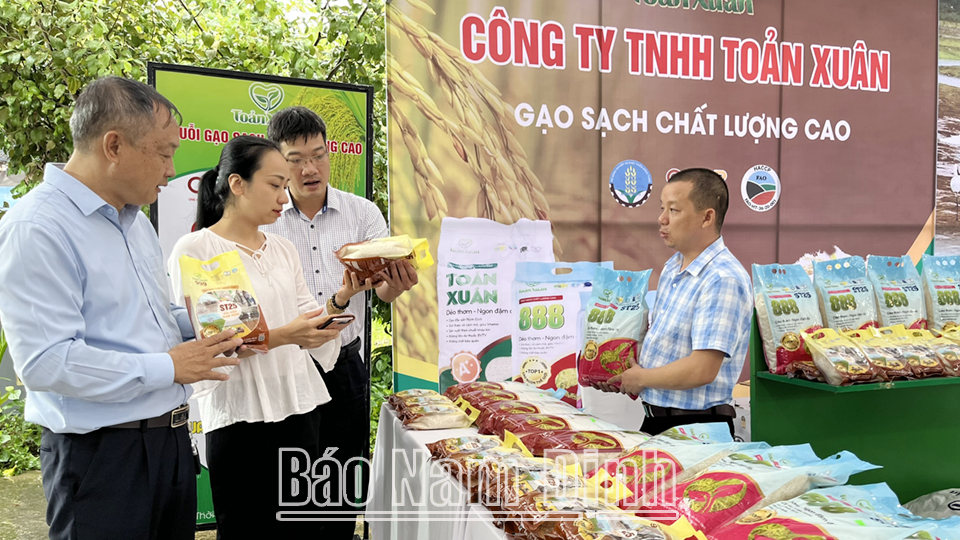



Comment (0)